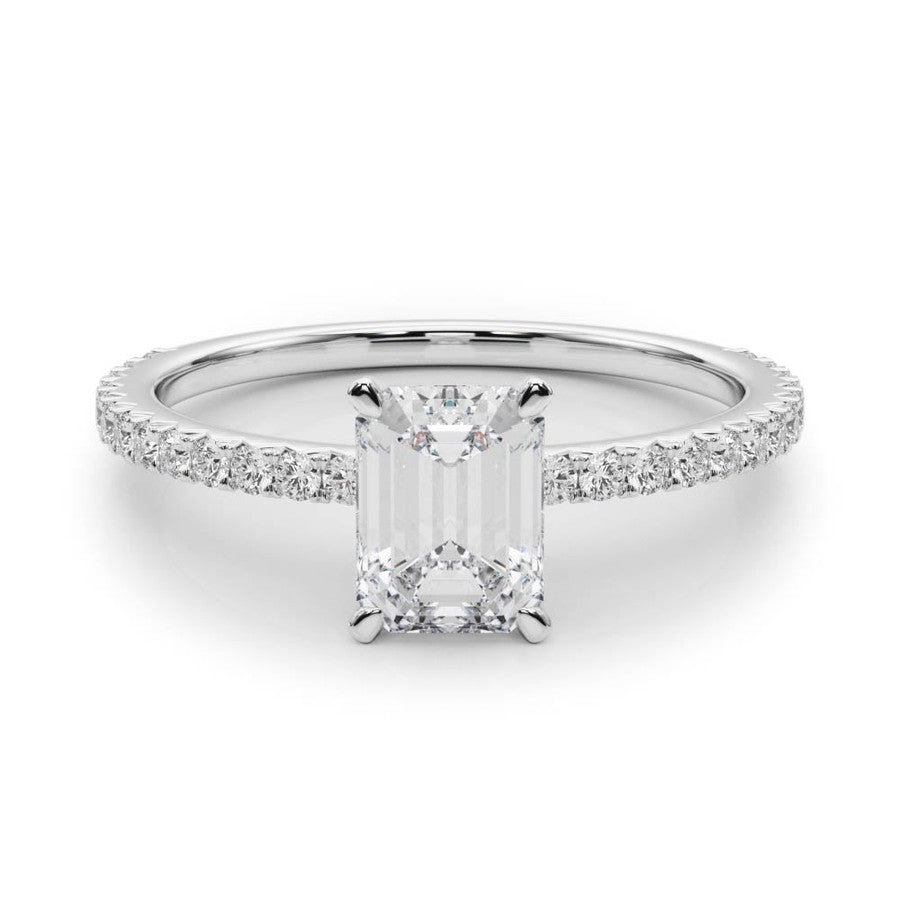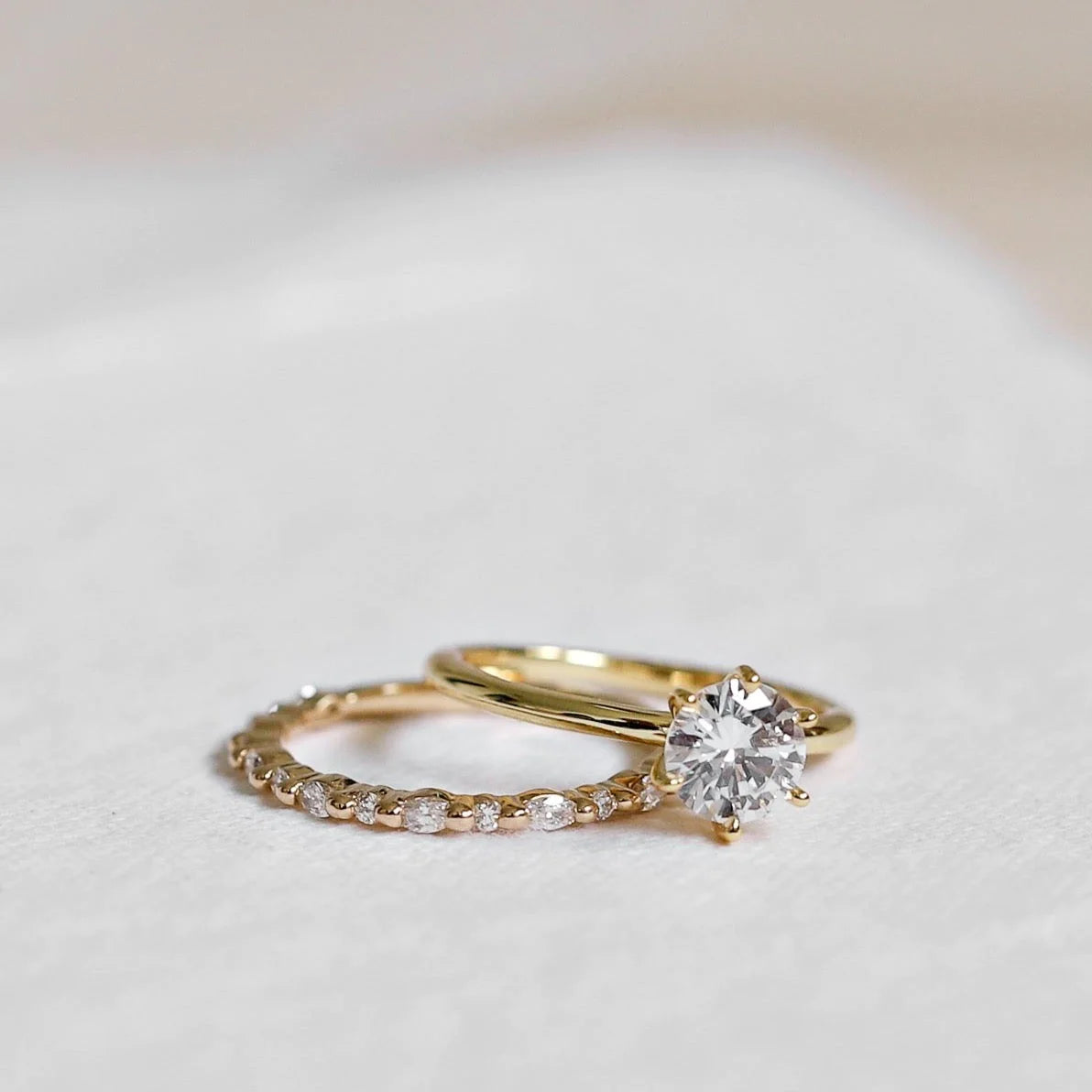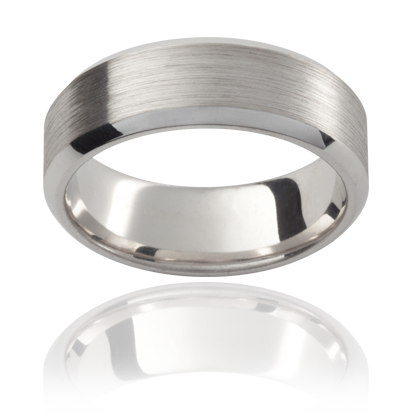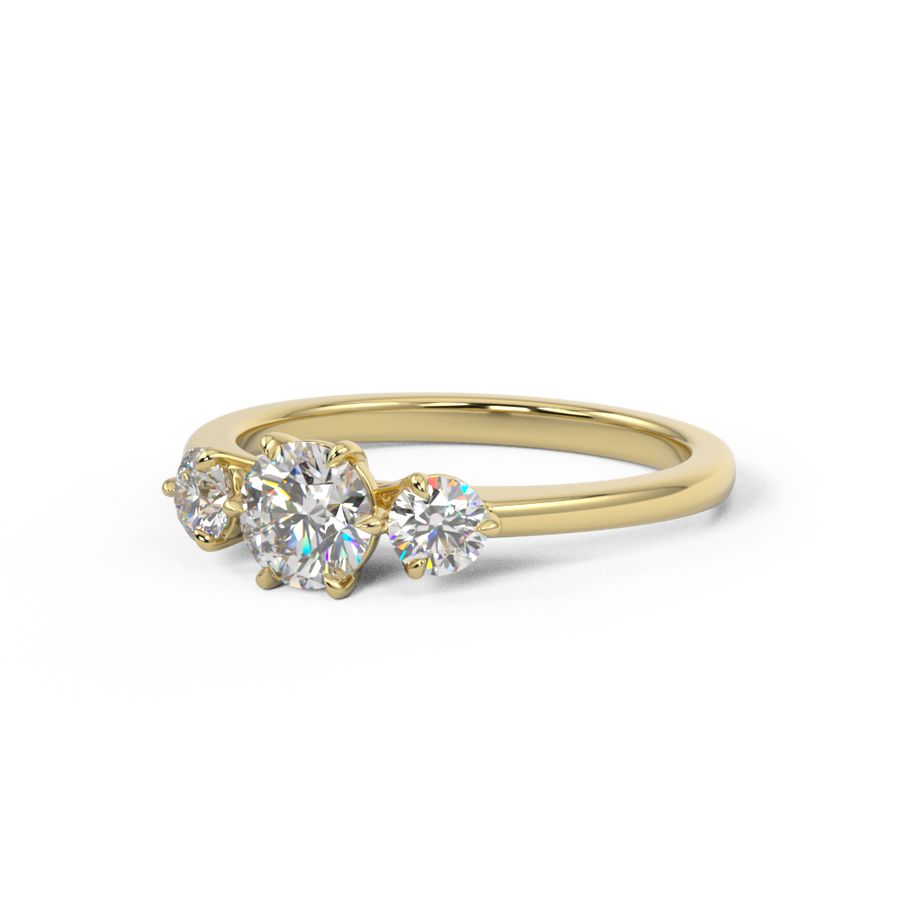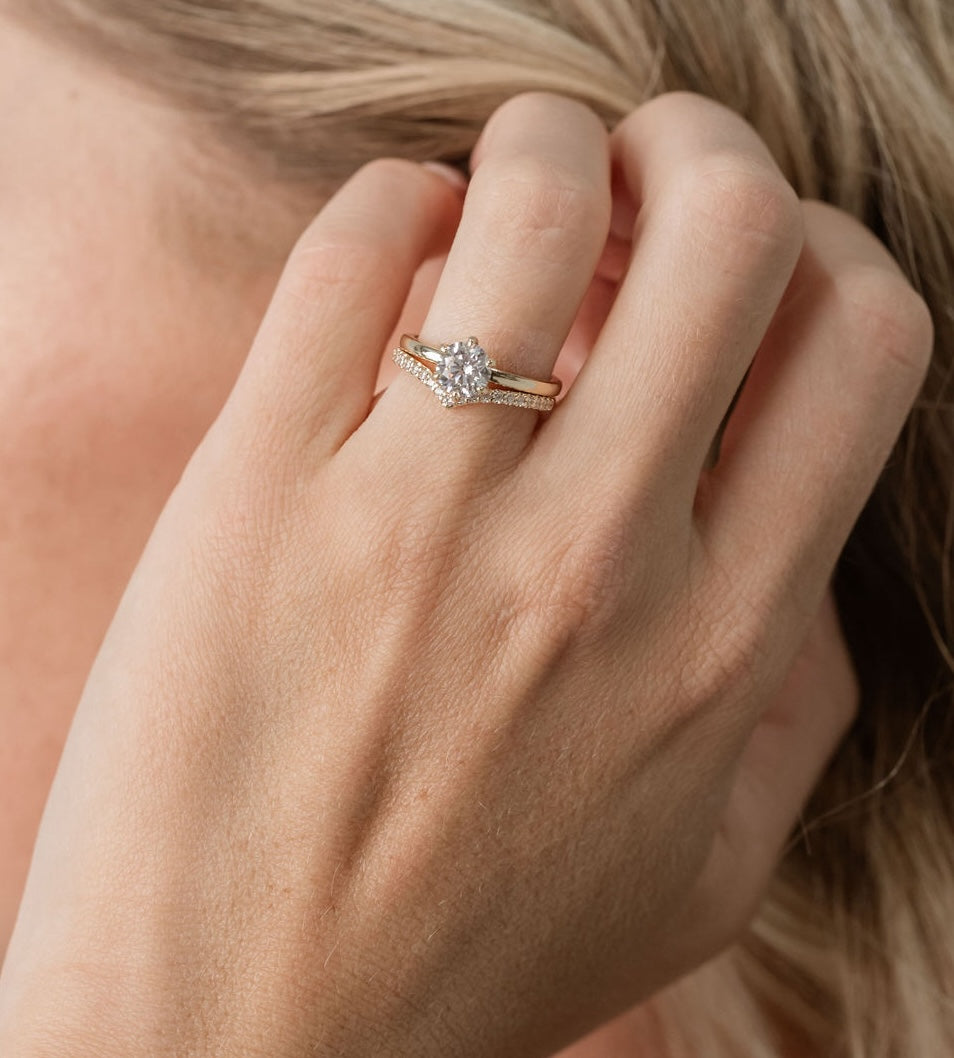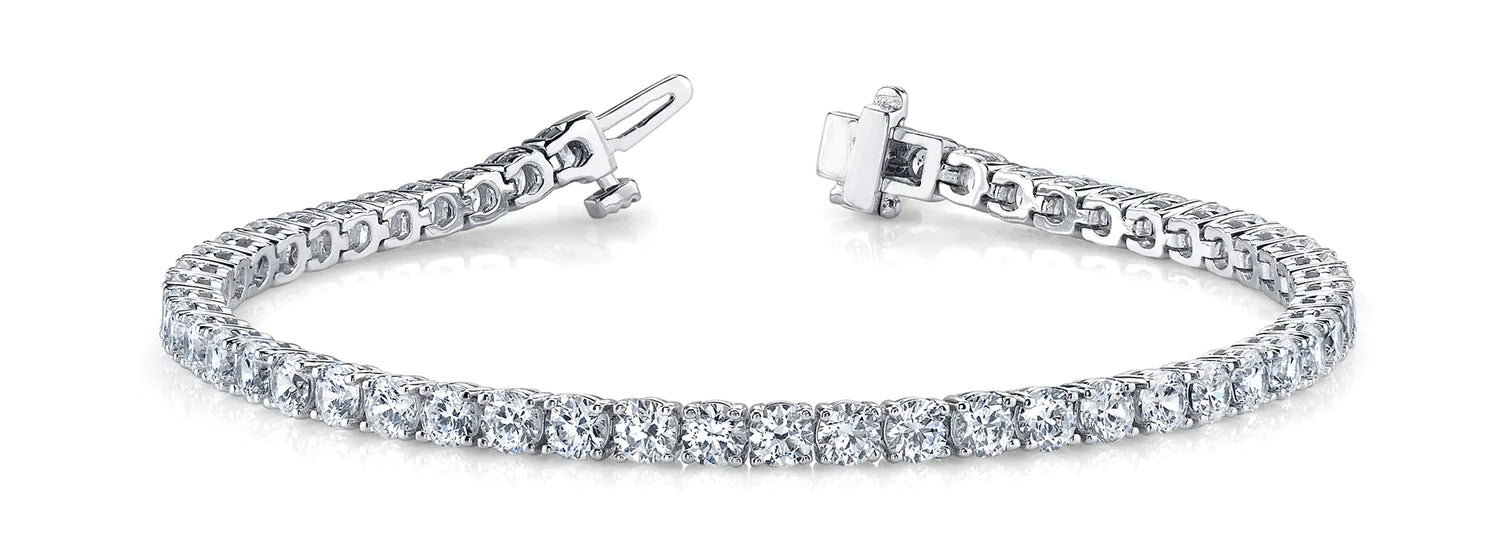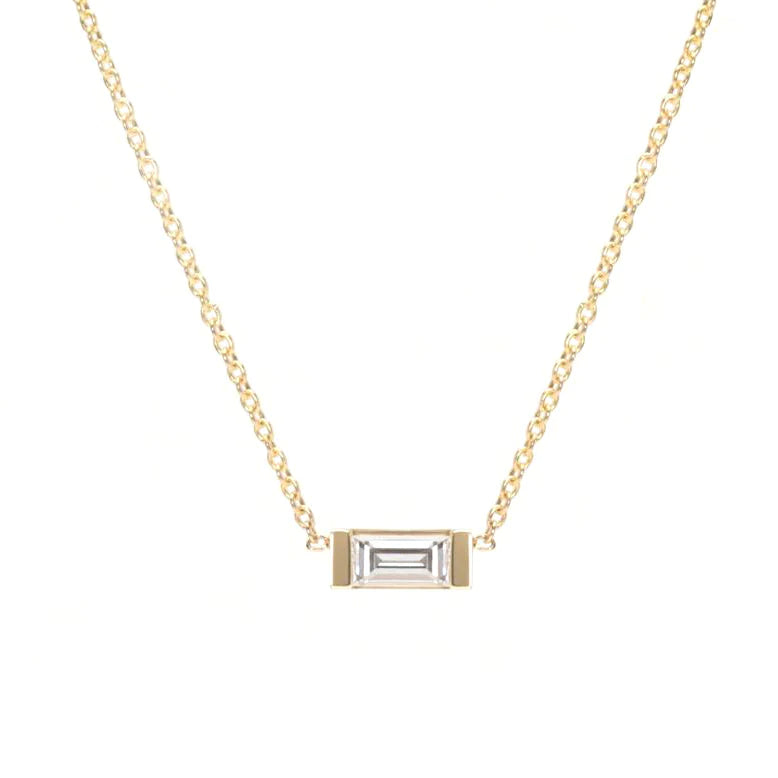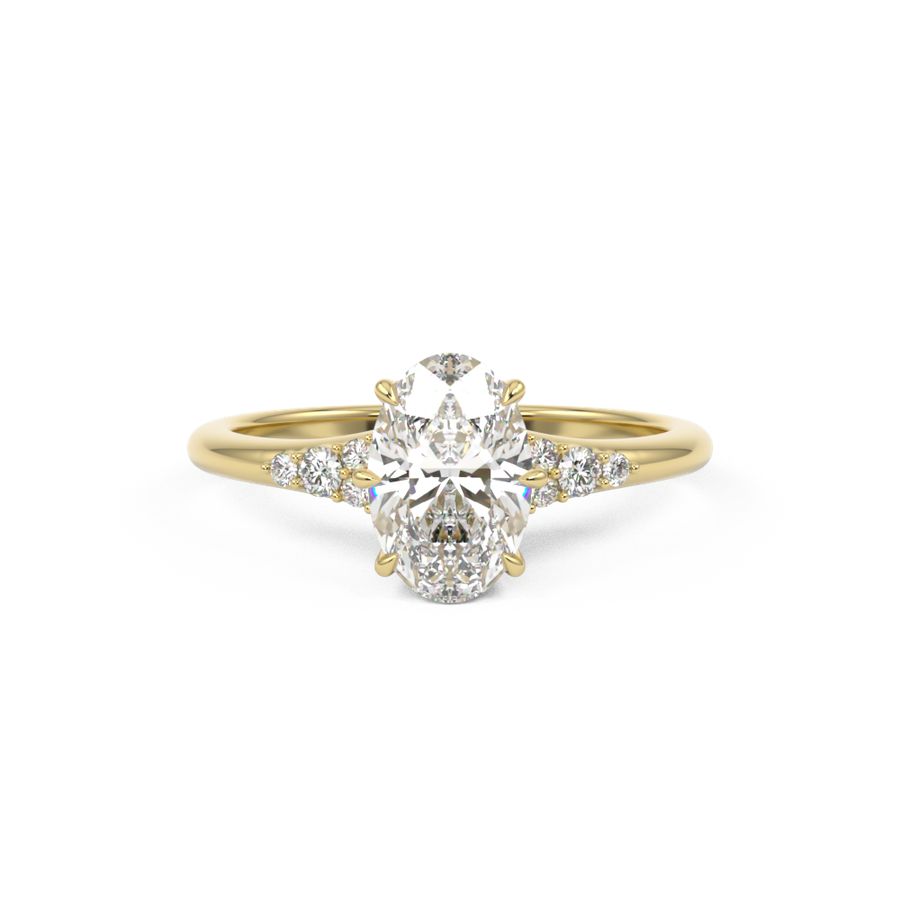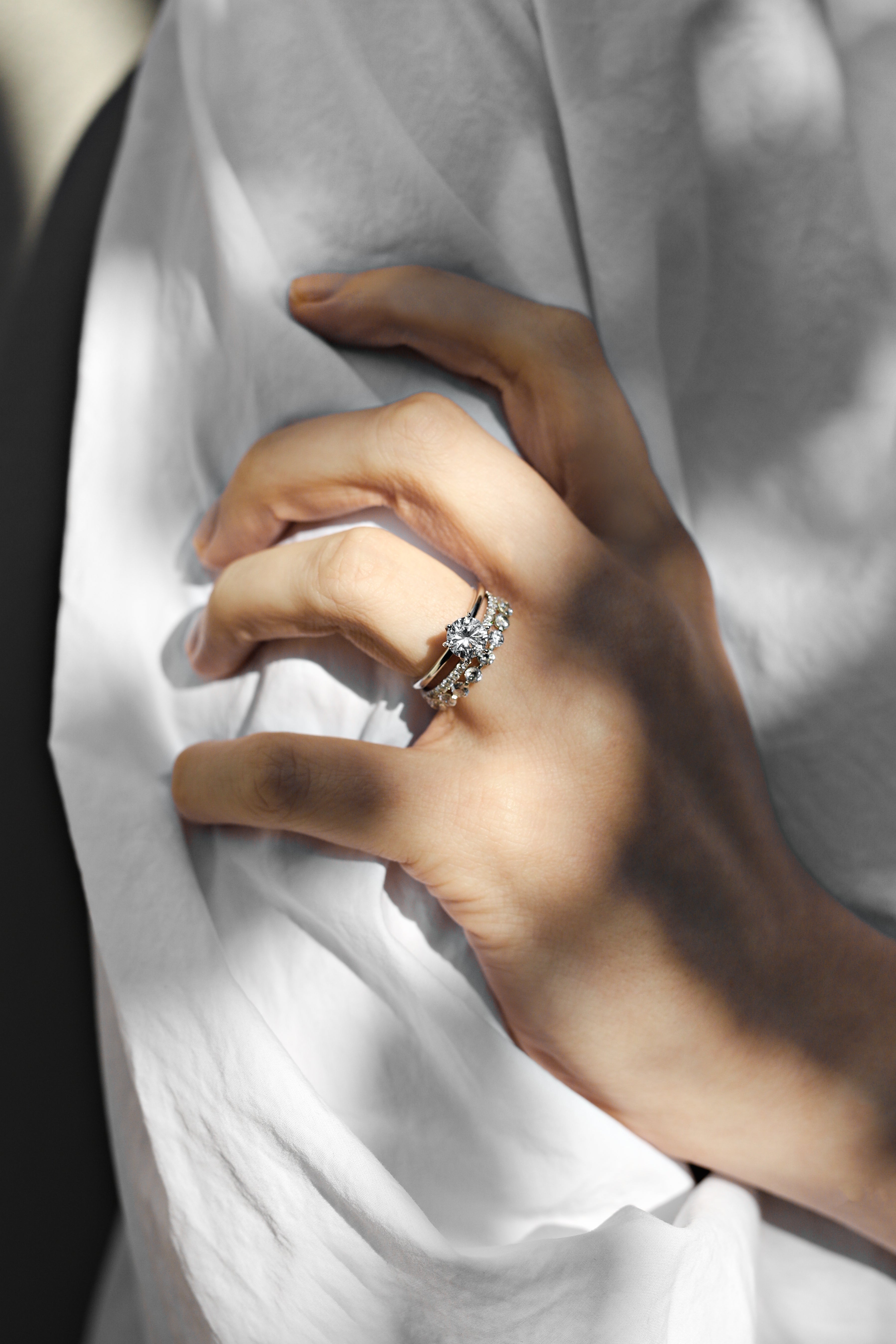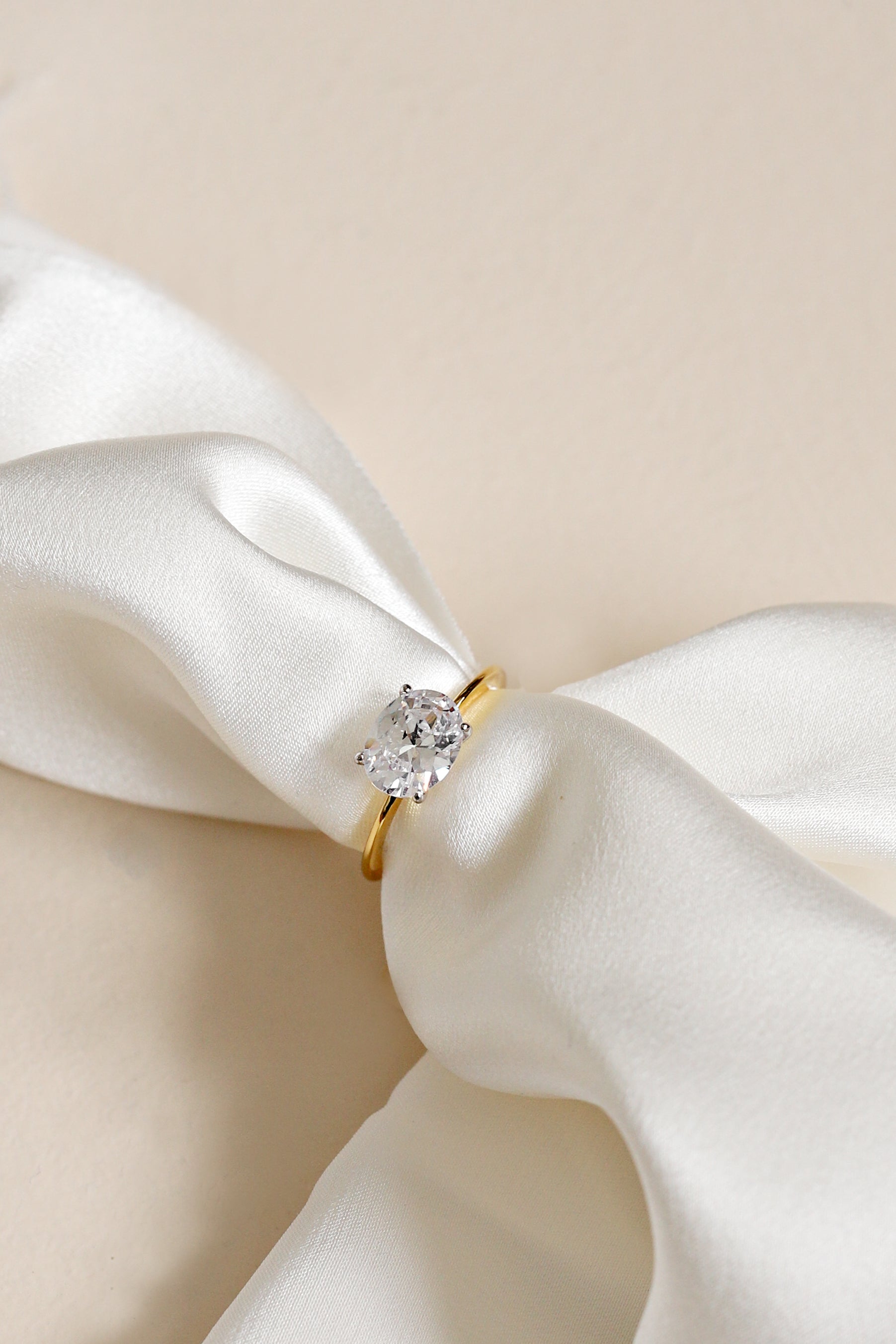Article: Zircon
Zircon
Properties and Characteristics of Zircon
- Zircon is common in the Earth's crust and can be found in igneous, metamorphic, and sedimentary rocks.
- It has a Mohs hardness of 7.5 and is resistant to weathering and heat.
- Zircon is a heavy mineral, with a specific gravity of 4.6-4.7.
- Due to its uranium and thorium content, some zircons undergo metamictization, which affects their properties.
- Zircon occurs in various colors, including colorless, yellow, red, brown, blue, and green.
Applications of Zircon
- Zircon is used as an opacifier in the ceramics industry.
- It is a precursor to metallic zirconium and its compounds, including zirconium dioxide.
- Other applications include refractories, foundry casting, and specialty applications like nuclear fuel rods and catalytic converters.
- Zircon is widely used by geologists for geochronology.
- It is part of the ZTR index used to classify highly-weathered sediments.
Zircon as a Gemstone
- Transparent zircon is a semi-precious gemstone with high specific gravity and adamantine luster.
- It can be used as a substitute for diamond due to its high refractive index.
- Zircon has a Mohs hardness of 7.5, making it durable but softer than cubic zirconia.
- Some zircons may lose color after prolonged exposure to sunlight.
- Birefringence is a characteristic of most gem-grade zircons, helping to distinguish them from diamonds and cubic zirconias.
Occurrence and Production of Zircon
- Zircon is a common accessory mineral in igneous rocks, especially granite and felsic igneous rocks.
- It can also be found in sedimentary deposits and is a common component of sands.
- Zircon can occur as a trace mineral in ultrapotassic igneous rocks like kimberlites and carbonatites.
- It forms economic concentrations in heavy mineral deposits.
- Global production of zirconium mineral concentrates has shown a consistent trend.
History and Etymology of Zircon
- The name 'zircon' derives from the Persian word 'zargun,' meaning gold-hued.
- The English word 'zircon' comes from the German adaptation of 'Zirkon.'
- Yellow, orange, and red zircons are also known as hyacinth, named after the flower.
- Zircon has been used as a gemstone and decorative material for centuries.
- Synthetic zircons have been created in laboratories and can be used in jewelry.
Zircon Data Sources
| Reference | URL |
|---|---|
| Glossary | https://harryandcojewellery.com.au/blogs/glossary/zircon |
| Wikipedia | http://en.wikipedia.org/wiki/Zircon |
| Wikidata | https://www.wikidata.org/wiki/Q178928 |
| Knowledge Graph | https://www.google.com/search?kgmid=/m/0dck_ |

